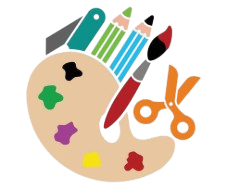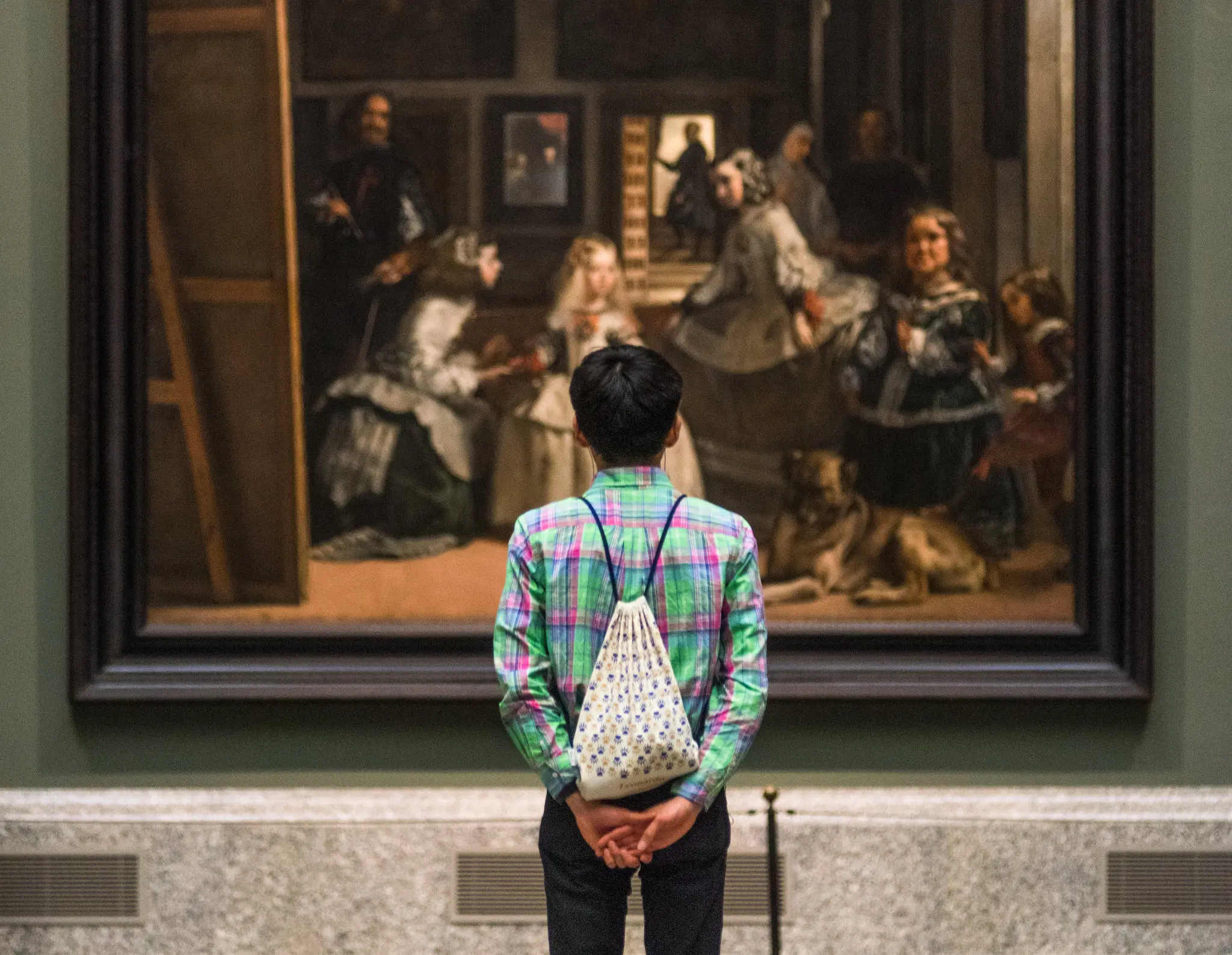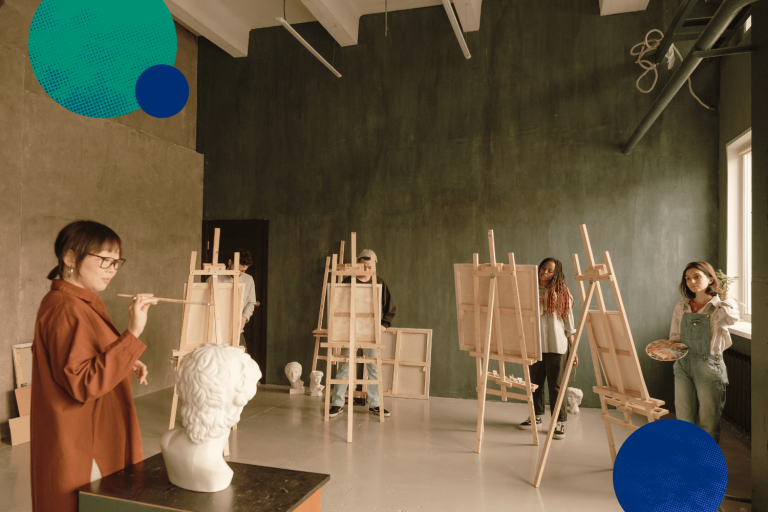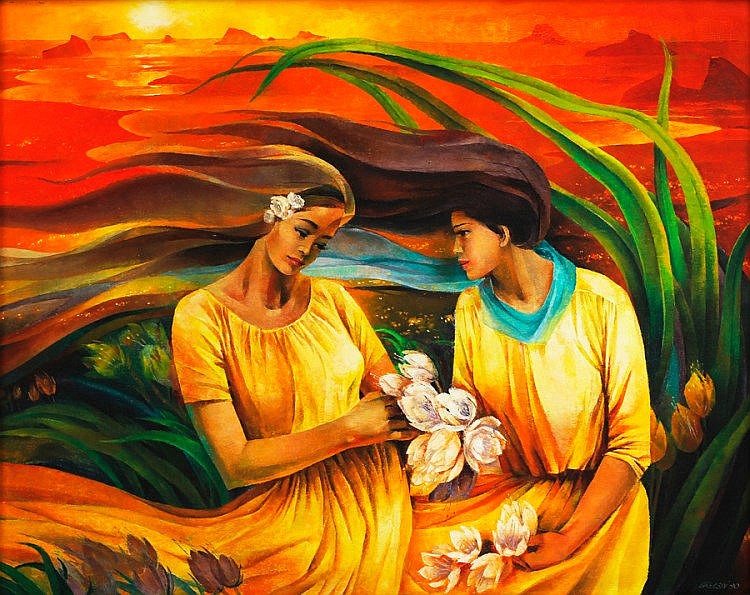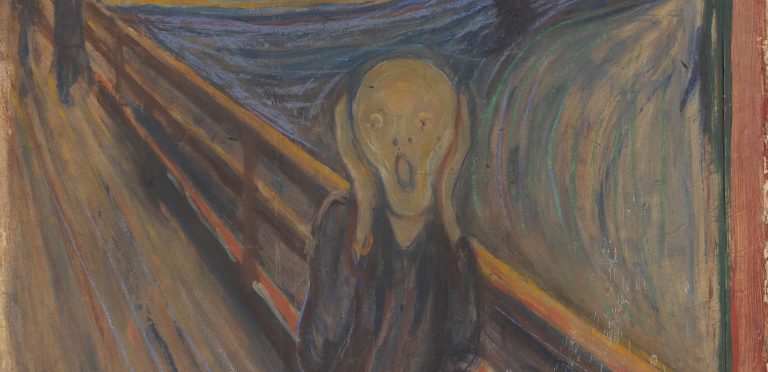We Use Art to Explain Why We Exist.
Paintings on walls, sculptures in gardens, background music, or Friday night entertainment films are all examples of art that is frequently considered as decoration. However, art is far more than a simple addition to everyday life. Fundamentally, art is a profound form of human expression, a universal language that we use to describe our identities, origins, and purposes. From prehistoric cave paintings to contemporary digital art, art has always served as humanity’s most potent mirror, reflecting our quest for purpose.
Art as Humanity’s First Language
Long before written alphabets and structured languages, humans used images and symbols to communicate. Ancient cave paintings of hunts, handprints, and celestial patterns weren’t simply primitive doodles—they were attempts to make sense of life and death, survival and mystery. These artworks were early philosophies drawn on stone walls, declaring: We are here. This is our story.
Art became our first language for existence, allowing us to capture what words could not yet express. The act of creating was itself a way of saying, I am alive, and this is what it feels like.
The Search for Meaning Through Creation
Every generation of artists, from poets to painters to musicians, has wrestled with the same existential questions: Why are we here? What does it mean to live, to love, to suffer, to die? Art doesn’t always give us answers, but it creates a shared space where those questions can live.
A poem might capture the fleeting ache of longing. A sculpture might embody strength and fragility in the same form. A song might reveal both joy and sorrow within a single melody. These creative acts explain existence not through logic, but through emotion—through the human heartbeat itself.
Art as a Reflection of Society
Art is also a record of our collective journey. Each brushstroke, verse, or performance reflects not only personal truths but also cultural ones. From Renaissance paintings that celebrated human potential to modern street art that protests inequality, art explains why we exist by showing what matters to us in each era. It records our values, fears, triumphs, and revolutions.
Through art, we can trace humanity’s evolving understanding of itself. It tells us: We exist to love, to question, to resist, to dream, to leave behind something greater than ourselves.
The Personal Mirror
On an individual level, art often becomes a mirror of the soul. A painting we connect with, a film that makes us cry, or a song that carries us through heartbreak—these are not random moments. They’re reminders that art explains our existence not in a broad, abstract way, but in deeply personal terms. It resonates with our private struggles and joys, validating that our experiences are part of something larger.
Art tells us: Your story matters, because it is part of the human story.
The Endless Conversation
Perhaps the greatest power of art is that it keeps the conversation about existence alive. Every new artist, every new piece, is another voice added to the ongoing dialogue. Whether through paint, words, music, or digital media, humanity is constantly writing and rewriting its reasons for being.
We may never have one final answer to why we exist. But art shows us that the search itself is meaningful. It gives us beauty in our uncertainty, and purpose in our questions.
Conclusion: Art as Proof of Life
In the end, art is not just a way to pass time or create beauty—it is evidence of our existence. Every mural, every symphony, every dance is a declaration that we are here, that we feel deeply, and that we long to understand our place in the universe.
We use art to explain why we exist not because it provides definitive answers, but because it transforms our existence into something worth sharing, worth remembering, and worth celebrating.
